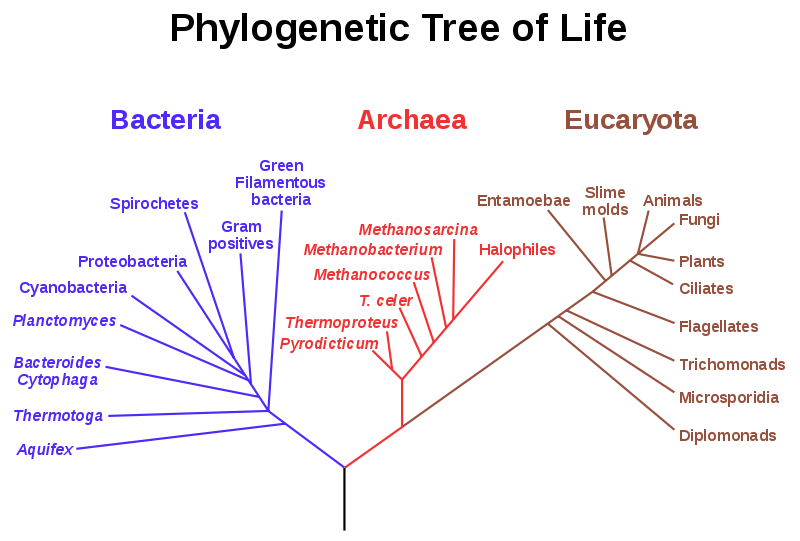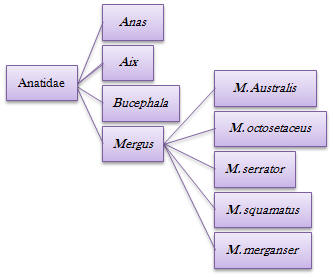Classification
have a true nucleus and membrane
bound organelles.
Kingdom: Animalia - The members of this group are
multi-cellular, eukaryotic, heterotrophic (consumes other organisms to
obtain organic food molecules), motile at some stage of life, and lack a
cell wall.
Phylum: Chordata - Organisms in this phyla have the
following characteristic at some point in their development: a notochord
(skeletal rod), dorsal, tubular nerve chord, endostyle (thyroid gland), a
postanal tail and pharyngeal pouches
Class: Aves - All aves have wings with modified epidermal
scales (feathers), internal fertilization, amniotic eggs and endothermic
bodies.
 Order: Anseriformes - All birds in this order inhabit
aquatic environments that are medium to large in size. Members of this order
include geese, swans, ducks, screamers, and magpie geese.
Order: Anseriformes - All birds in this order inhabit
aquatic environments that are medium to large in size. Members of this order
include geese, swans, ducks, screamers, and magpie geese.
Family: Anatidae - Many members of this family are
herbivorous that feed on seeds, roots, stems, leaves, and flowers of
aquatic plants. Some members feed on small invertebrates in the water like
plankton or algae.
Genus:
Mergus -
Members of this group include five different mergansers including the
common, red-breasted, Brazilian, Auckland island, and scaly-sided
mergansers. All of these birds live in aquatic environments.
Species:
Mergus merganser -
Mergus mergansers are the largest of the mergansers. The males are
characterized by their dark green almost black head, bright orange bill, and
white body. The females have rusty brown heads, orange bills, and gray
bodies.
The second phylogenetic tree is based on morphological similarities between the organisms in each of the categories. The third phylogenetic tree is also based on morphological similarities shared by the organisms in each group. However, the third phylogenetic tree also incorporates DNA evidence into the classification. The organisms in the final row are the closest relatives to the common merganser
Questions? Comments? Concerns? contact me at
bales.aman@students.uwlax.edu
For more interesting organisms visit
multiplerganisms.net

